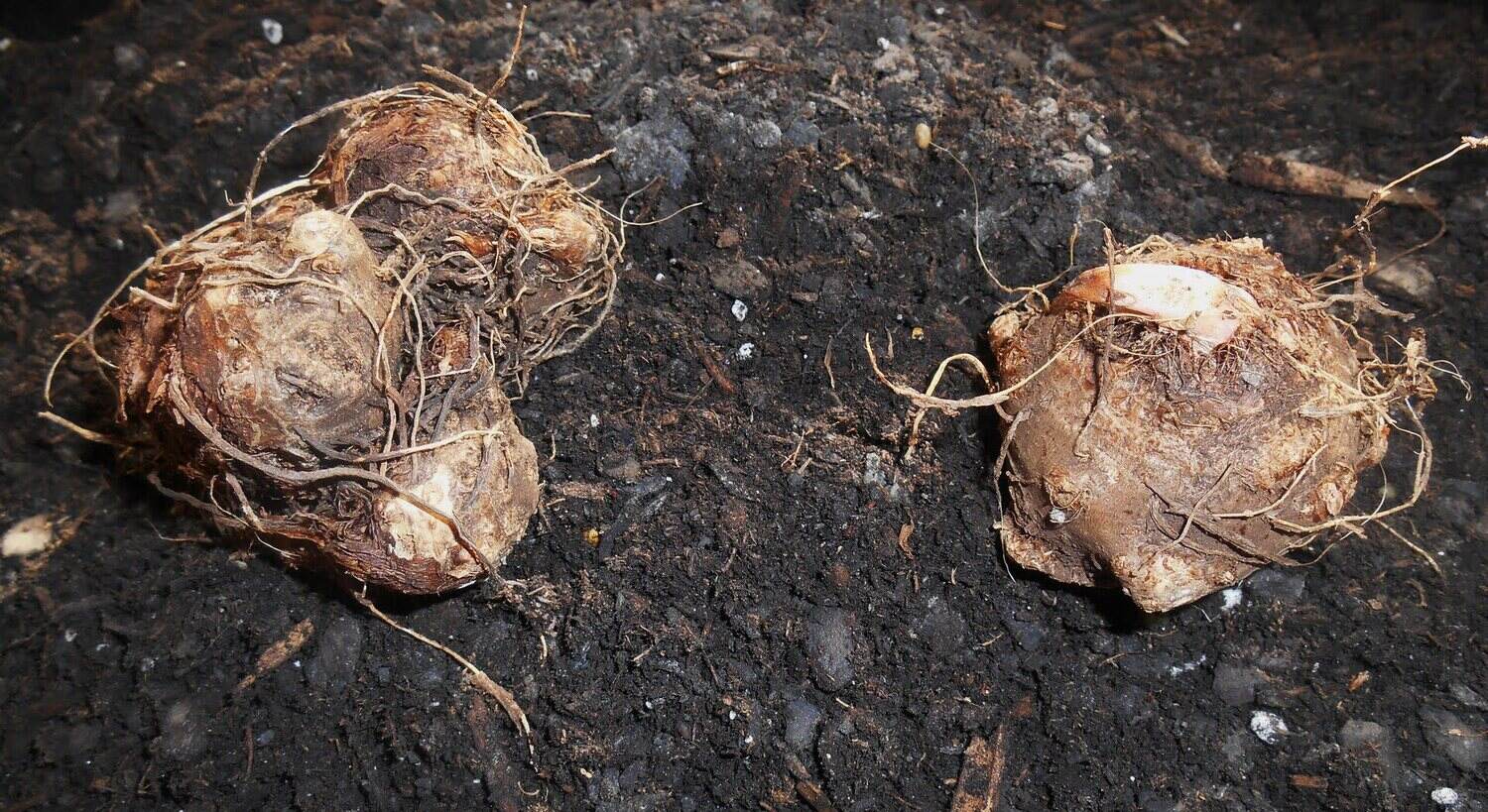

Articles
How To Store Caladium Bulbs
Modified: December 7, 2023
Learn the proper techniques for storing caladium bulbs in this informative article. Discover tips and tricks to keep your bulbs healthy and ready for the next growing season.
(Many of the links in this article redirect to a specific reviewed product. Your purchase of these products through affiliate links helps to generate commission for Storables.com, at no extra cost. Learn more)
Introduction
Caladium bulbs are a popular choice among gardeners for their vibrant foliage and ability to thrive in both indoor and outdoor settings. These bulbs, also known as Elephant Ears, are native to tropical regions and are prized for their large, heart-shaped leaves that come in a range of colors, including green, pink, and red.
If you live in a region with colder winters, storing your caladium bulbs properly during the colder months is essential to ensure their survival. By taking the time to prepare and store your bulbs correctly, you can enjoy their beauty year after year without the need to repurchase.
In this article, we will guide you through the process of storing caladium bulbs, both indoors and outdoors, so that you can successfully preserve them during the dormant period and see them flourish when the weather warms up again. Whether you are a seasoned gardener or a beginner, these tips will help you keep your caladium bulbs healthy and ready for the next growing season.
Key Takeaways:
- Properly preparing and storing caladium bulbs is crucial for their long-term health and vitality. Understanding their growth cycle and choosing the right storage environment are key to successful preservation.
- Whether storing caladium bulbs indoors or outdoors, regular monitoring, proper labeling, and attention to temperature and moisture levels are essential for successful storage and healthy growth in the next growing season.
Read more: How To Store Caladium Bulbs Over Winter
Understanding Caladium Bulbs
Before diving into the storage process, it’s important to understand the nature of caladium bulbs. These bulbs are actually tubers, which are swollen underground stems that store energy and nutrients to support new growth. Caladium tubers are typically larger than standard bulbs, and they have an irregular shape with numerous eyes, which are the small, scale-like structures from which new stems and leaves emerge.
Caladium bulbs are sensitive to cold temperatures, and they go dormant during the winter months. This means that the above-ground foliage will die back naturally, and the bulbs will enter a rest phase. During this time, they require a period of rest, cooler temperatures, and limited light to prepare for the next growing season.
Understanding the natural growth cycle of caladium bulbs will help you to determine the appropriate storage conditions and care they need during the dormant period. Proper storage ensures the preservation of nutrients and the prevention of rot, mold, and other types of damage that can occur if the bulbs are exposed to unfavorable conditions.
Now that you have a basic understanding of caladium bulbs, let’s move on to the steps you need to take to prepare them for storage.
Preparing Caladium Bulbs for Storage
Properly preparing your caladium bulbs for storage is crucial to their long-term health and vitality. Follow these steps to ensure your bulbs are in the best condition for storage:
- Digging Up the Bulbs: Once the foliage has died back naturally, carefully dig up the caladium bulbs from the ground or remove them from their containers. Gently shake off excess soil, taking care not to damage the delicate tubers.
- Cleaning the Bulbs: Inspect each bulb for any signs of disease or damage, and discard any bulbs that appear rotten or infected. Use a soft cloth or brush to remove any remaining dirt, being careful not to cause any physical damage to the tubers.
- Curing the Bulbs: Before storing, it’s important to allow the bulbs to dry out slightly. Place them in a well-ventilated area, out of direct sunlight, for a couple of days. This will help prevent rot during the storage period.
- Trimming Foliage and Roots: Trim any remaining foliage or roots to about an inch in length. This will help prevent moisture loss and reduce the risk of disease or mold formation during storage.
- Labeling: To avoid confusion when it comes time to plant your bulbs, it’s a good idea to label them. Use a waterproof marker to write the names of the varieties or any other relevant information on a small tag or directly on the bulb itself.
By following these preparations, you will ensure that your caladium bulbs are clean, dry, and ready for proper storage. Now that the bulbs are ready, it’s time to choose an ideal storage environment.
Choosing an Ideal Storage Environment
When it comes to storing caladium bulbs, creating the right environment is crucial for their survival. Here are some factors to consider when choosing the ideal storage location:
- Temperature: Caladium bulbs require a cool but not freezing environment during their dormant period. The optimal storage temperature is around 50 to 60°F (10 to 15°C). Avoid storing the bulbs in areas that experience extreme temperature fluctuations or where they may be exposed to frost or freezing temperatures.
- Humidity: Caladium bulbs prefer a relatively high humidity level to prevent them from drying out. Aim for a humidity range of 70 to 80%. If the storage area is particularly dry, you can place the bulbs in a container with damp peat moss or vermiculite to provide some moisture.
- Light Exposure: Caladium bulbs should be stored in a dark or low-light environment during their dormancy. Exposure to direct sunlight or bright artificial light can cause premature sprouting and weaken the bulbs. Choose a storage location that is free from excessive light exposure.
- Air Circulation: Good air circulation is essential to prevent mold and rot from developing. Ensure that the storage area has adequate ventilation to allow for proper airflow around the bulbs. Avoid storing the bulbs in sealed containers or plastic bags that can trap moisture and promote fungal growth.
Based on these factors, some suitable storage options for caladium bulbs include a cool basement, a ventilated garage, or a dark corner of a well-insulated shed. Avoid areas that are prone to high humidity, such as a damp basement or a space with poor ventilation.
Now that you have chosen an ideal storage environment, let’s explore the specific methods of storing caladium bulbs both indoors and outdoors.
Storing Caladium Bulbs Indoors
Storing caladium bulbs indoors is a common practice, especially in regions with extremely cold winters. Follow these steps to ensure successful storage:
- Packaging: Place the cured and trimmed caladium bulbs in a breathable storage container such as a paper bag, a mesh bag, or a cardboard box. Avoid using plastic bags or airtight containers, as they could trap moisture and lead to rot.
- Moisture Control: To maintain a slightly higher humidity level, you can add some damp peat moss, vermiculite, or even a moist paper towel to the container. This will help prevent the bulbs from drying out during their dormancy period.
- Labeling: It’s important to label the storage containers with the varieties or any other relevant information. This will help you identify and organize the bulbs when it’s time to plant them in the next growing season.
- Storage Location: Find a cool and dark location for storing the caladium bulb containers. This could be a basement, a closet, or any area away from direct light and extreme temperature fluctuations.
- Check for Sprouting: Periodically check on the stored bulbs throughout the winter to ensure there is no premature sprouting or signs of mold or rot. If any bulbs show signs of sprouting, remove them from storage and plant them immediately.
By following these steps, you can successfully store caladium bulbs indoors and provide them with the optimal conditions they need to remain healthy and ready for the next growing season.
Next, let’s explore the process of storing caladium bulbs outdoors, which can be a viable option in mild climates.
After digging up the caladium bulbs in the fall, let them dry for a few days. Store them in a cool, dry place for the winter, such as a paper bag in a dark, well-ventilated area. Check on them periodically to ensure they are not rotting.
Read more: How To Store Bulbs
Storing Caladium Bulbs Outdoors
If you live in a mild climate where freezing temperatures are rare or brief, you may choose to store your caladium bulbs outdoors. Follow these steps to ensure successful outdoor storage:
- Choose a Suitable Spot: Select a location in your garden where the bulbs will be protected from direct sunlight and extreme weather conditions. Look for an area that provides some shade and has well-draining soil.
- Preparing the Beds: Prepare a well-draining planting bed by loosening the soil and adding organic matter to improve fertility. Avoid areas prone to waterlogging, as excess moisture can cause bulb rot.
- Planting the Bulbs: Dig holes in the prepared beds, ensuring they are deep enough to accommodate the bulbs and allow for a layer of soil to cover them. Place the bulbs with the eyes facing upwards and cover them with soil, gently firming it down.
- Mulching: Apply a layer of organic mulch, such as straw or leaves, to the planted bulbs. This will help maintain a more stable soil temperature and prevent moisture loss.
- Monitor and Protect: Throughout the storage period, monitor the outdoor beds to ensure the soil remains moist but not waterlogged. Water when necessary, and protect the bulbs from heavy rains or overly wet conditions that could lead to rot.
Storing caladium bulbs outdoors can be a convenient option in climates where frost is not a concern. However, it’s important to keep an eye on the weather and take precautions to protect the bulbs from extreme temperature fluctuations or unexpected freezes.
Whether you choose to store your caladium bulbs indoors or outdoors, proper monitoring and care during the storage period will significantly contribute to their success in the next growing season.
Next, let’s explore the importance of monitoring bulbs during storage and provide some tips for successful caladium bulb storage.
Monitoring Bulbs During Storage
Monitoring your caladium bulbs during the storage period is crucial to ensure their health and longevity. Here are some important aspects to keep in mind:
- Regular Inspection: Regularly check on your stored bulbs to identify any signs of damage, rot, or sprouting. Inspect each bulb individually, looking for soft or discolored areas. If you notice any issues, remove the affected bulbs to prevent the spread of disease.
- Temperature Checks: Keep an eye on the storage environment’s temperature to ensure it remains within the recommended range of 50 to 60°F (10 to 15°C). Extreme temperature fluctuations, especially if they reach freezing temperatures, can damage the bulbs.
- Moisture Monitoring: Check the moisture level of the storage containers or outdoor beds. Bulbs should remain slightly moist but not wet. Avoid overwatering, as this can lead to rot, but also make sure the bulbs don’t dry out completely.
- Addressing Issues Promptly: If any bulbs show signs of rot or disease, remove them immediately to prevent further spread. If some bulbs begin to sprout prematurely, consider planting them rather than trying to keep them in storage.
- Adjusting Conditions if Necessary: If you notice that the storage environment is too dry, you can add some moisture by lightly misting the storage containers or beds. Conversely, if the storage area is too humid, you can improve ventilation or remove excess moisture-absorbing materials.
Regular monitoring allows you to address any potential issues promptly and maintain optimal conditions for the stored bulbs. By providing the necessary care and attention, you increase the chances of successful storage and healthy growth in the upcoming growing season.
Now, let’s explore some tips for successful caladium bulb storage that will help ensure the best outcomes.
Tips for Successful Caladium Bulb Storage
To maximize the success of storing your caladium bulbs, consider the following tips:
- Choose Healthy Bulbs: Select high-quality bulbs that are firm, with no signs of damage or disease. Healthy bulbs have a better chance of surviving the storage period and producing vibrant foliage in the next growing season.
- Label and Organize: Properly label your storage containers or outdoor beds to keep track of the different caladium varieties. This will help you plan your garden and ensure you plant the right bulbs in the right locations.
- Avoid Excessive Moisture: While it’s important to maintain some moisture during storage, be cautious not to overwater or create excessively humid conditions. Too much moisture can lead to rot and fungal growth.
- Protect from Extreme Temperatures: Ensure that the storage environment remains within the recommended temperature range of 50 to 60°F (10 to 15°C). Extreme cold or heat can damage or kill the bulbs.
- Keep Away from Ethylene: Ethylene gas, which is released by ripening fruits, can harm caladium bulbs. Store the bulbs away from areas containing ripening fruits or vegetables to prevent any negative effects.
- Avoid Pests: Inspect the bulbs before storage and ensure they are free from any signs of pests. If you notice any pests, treat the bulbs appropriately before storing them to prevent infestation.
- Avoid Storing with Other Bulbs: Caladium bulbs have specific storage requirements, so it’s best not to store them with other types of bulbs. Different bulbs may have varying moisture and temperature needs that could affect the caladium bulbs’ health.
- Regularly Check for Mold or Rot: Check the bulbs periodically for any signs of mold or rot. Promptly remove any affected bulbs to prevent further spread and damage.
- Plant Healthy Bulbs: When it’s time to plant your stored caladium bulbs, prioritize the healthiest ones. Discard any bulbs that show signs of damage or have not stored well.
By following these tips, you can increase your chances of successful caladium bulb storage and ensure healthy growth for your plants in the upcoming season.
Finally, let’s conclude with a summary of the key points discussed in this article.
Conclusion
Storing caladium bulbs during their dormancy period is essential to ensure their long-term health and vitality. By following the proper storage techniques, you can enjoy their vibrant foliage year after year without the need to repurchase.
Start by understanding the nature of caladium bulbs and their growth cycle. This will help you determine the best storage conditions and care required during their dormancy period.
Prepare the bulbs for storage by digging them up, cleaning them carefully, curing them, and trimming any remaining foliage or roots. Labeling the bulbs will help you identify them later.
When choosing a storage environment, aim for a cool temperature (50-60°F), high humidity (70-80%), low light exposure, and good air circulation. This can be achieved indoors or outdoors, depending on your climate.
While storing caladium bulbs indoors, pack them in breathable containers, control moisture levels, label them, and find a cool, dark location. Regular monitoring during storage is crucial to check for damage, adjust conditions if necessary, and address any issues promptly.
In milder climates, storing caladium bulbs outdoors can be a viable option. Choose a suitable spot, prepare the beds, plant the bulbs, mulch them, and monitor their moisture and overall conditions.
Throughout the storage period, regularly monitor the bulbs for signs of damage, maintain appropriate temperature and moisture levels, and address any issues promptly. Following these tips will increase the success of your caladium bulb storage.
By taking the time to store your caladium bulbs properly, you can ensure their survival and enjoy their beauty and vibrant foliage in the next growing season. With proper preparation and care, your caladium bulbs will reward you with stunning displays of color and bring joy to your garden for years to come.
Frequently Asked Questions about How To Store Caladium Bulbs
Was this page helpful?
At Storables.com, we guarantee accurate and reliable information. Our content, validated by Expert Board Contributors, is crafted following stringent Editorial Policies. We're committed to providing you with well-researched, expert-backed insights for all your informational needs.

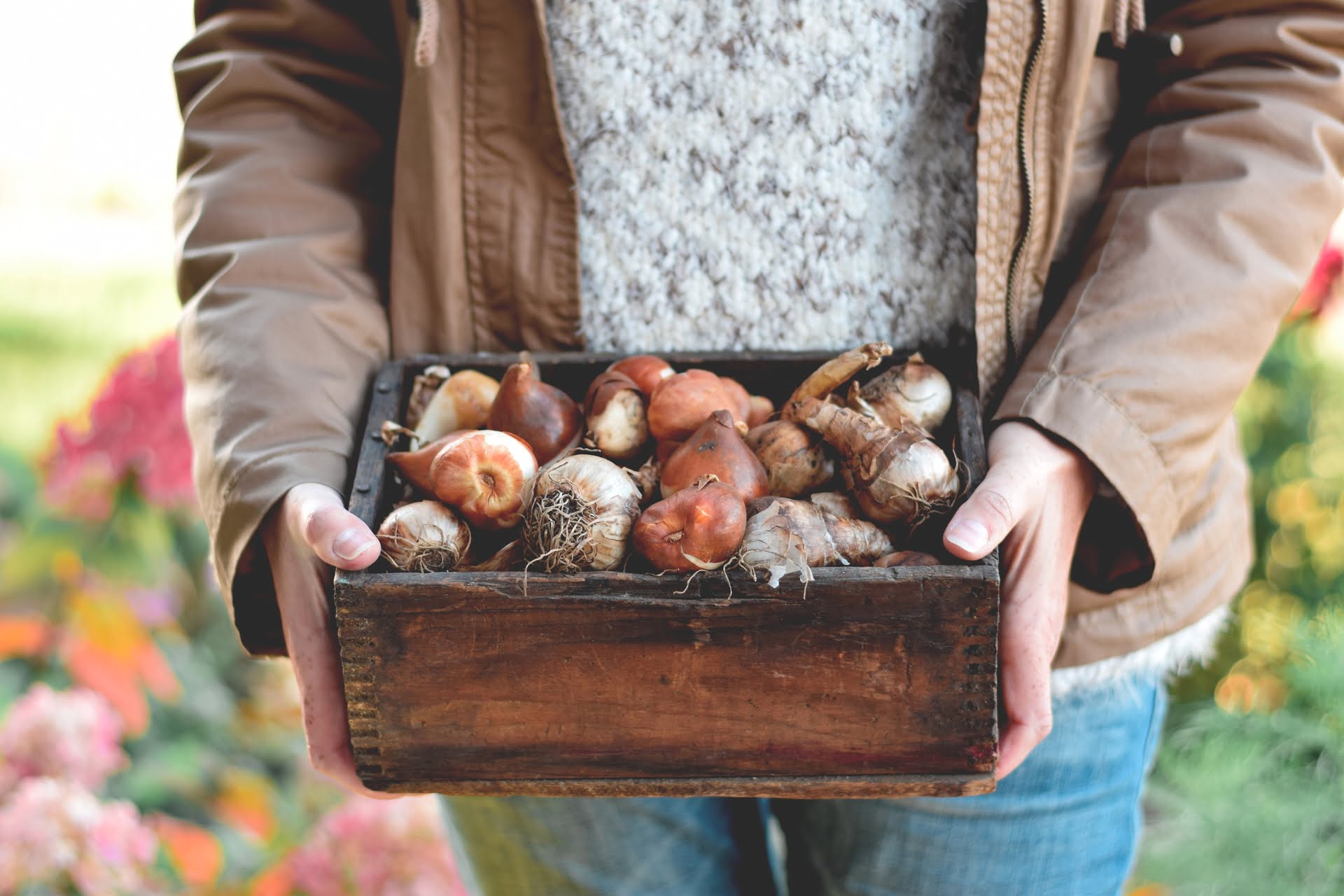
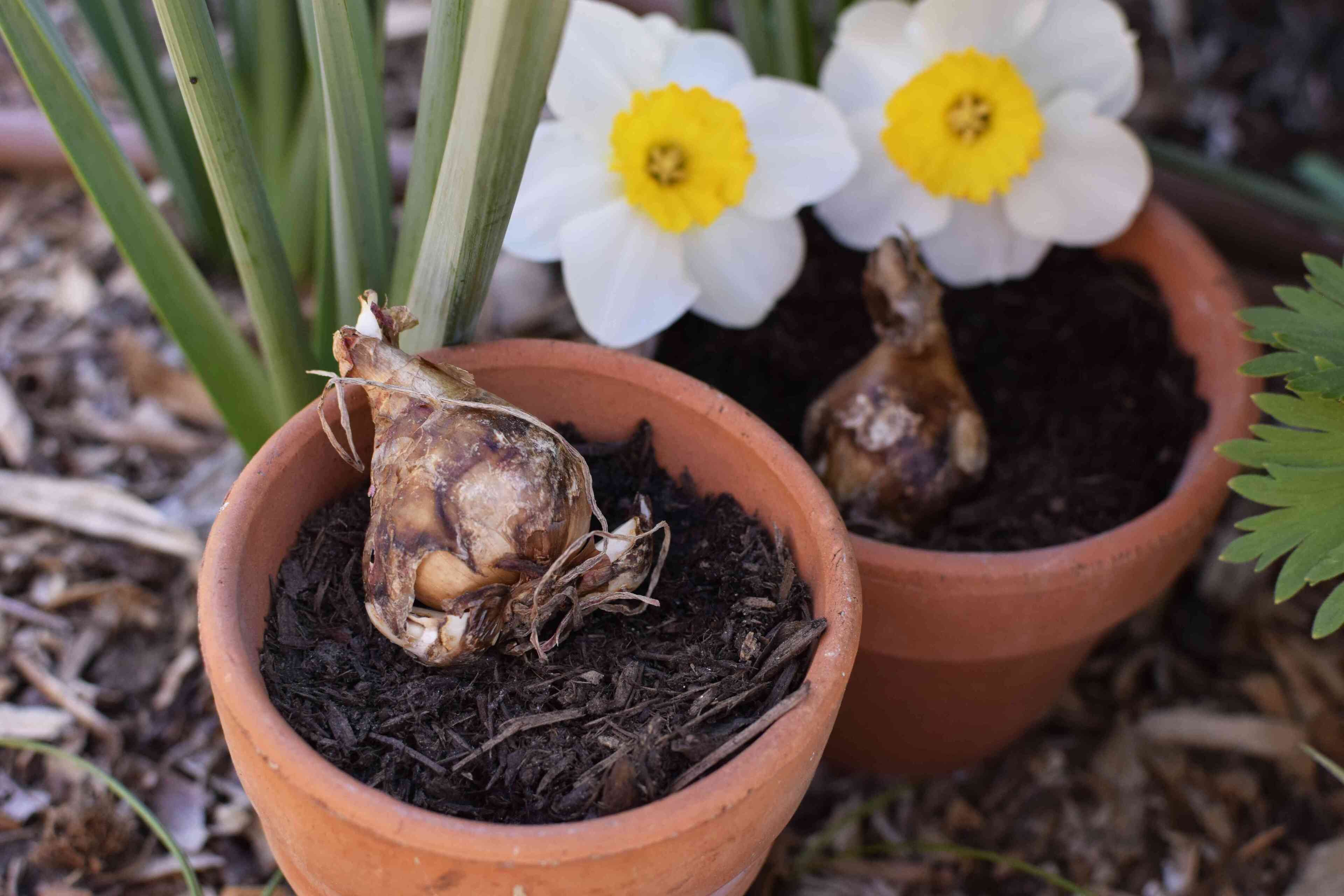
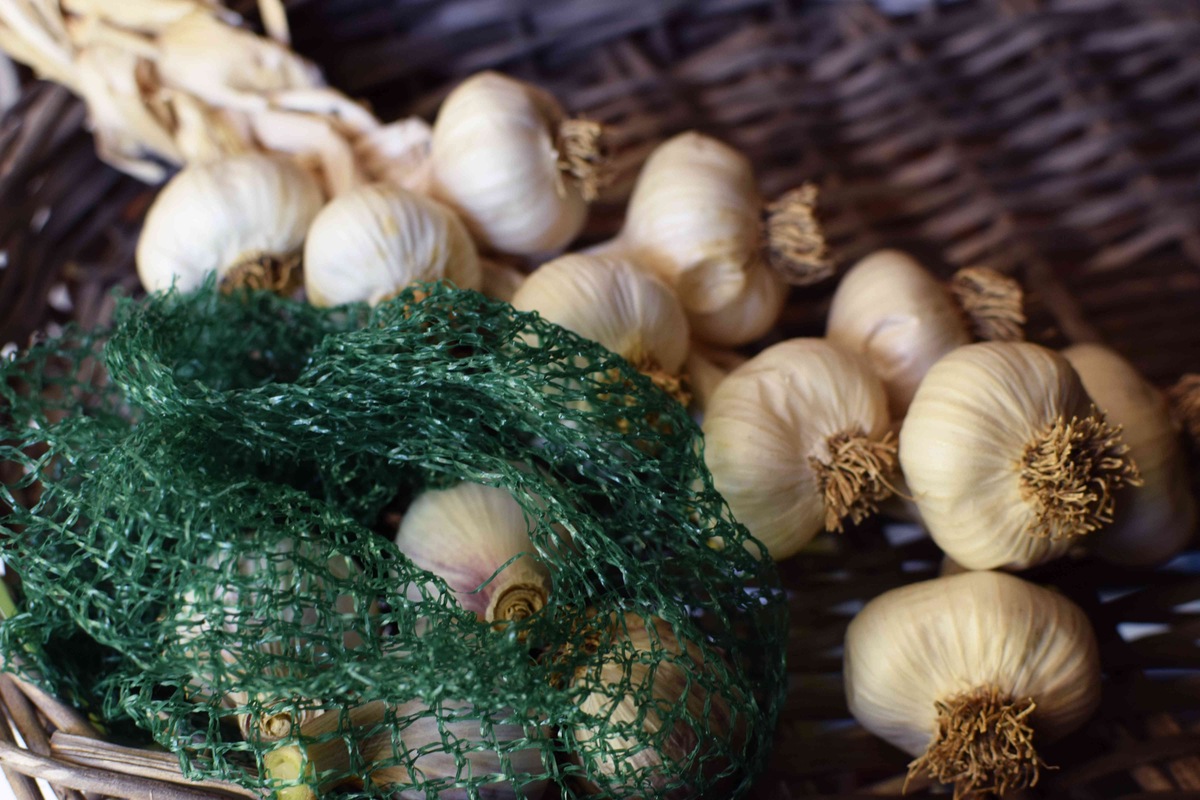
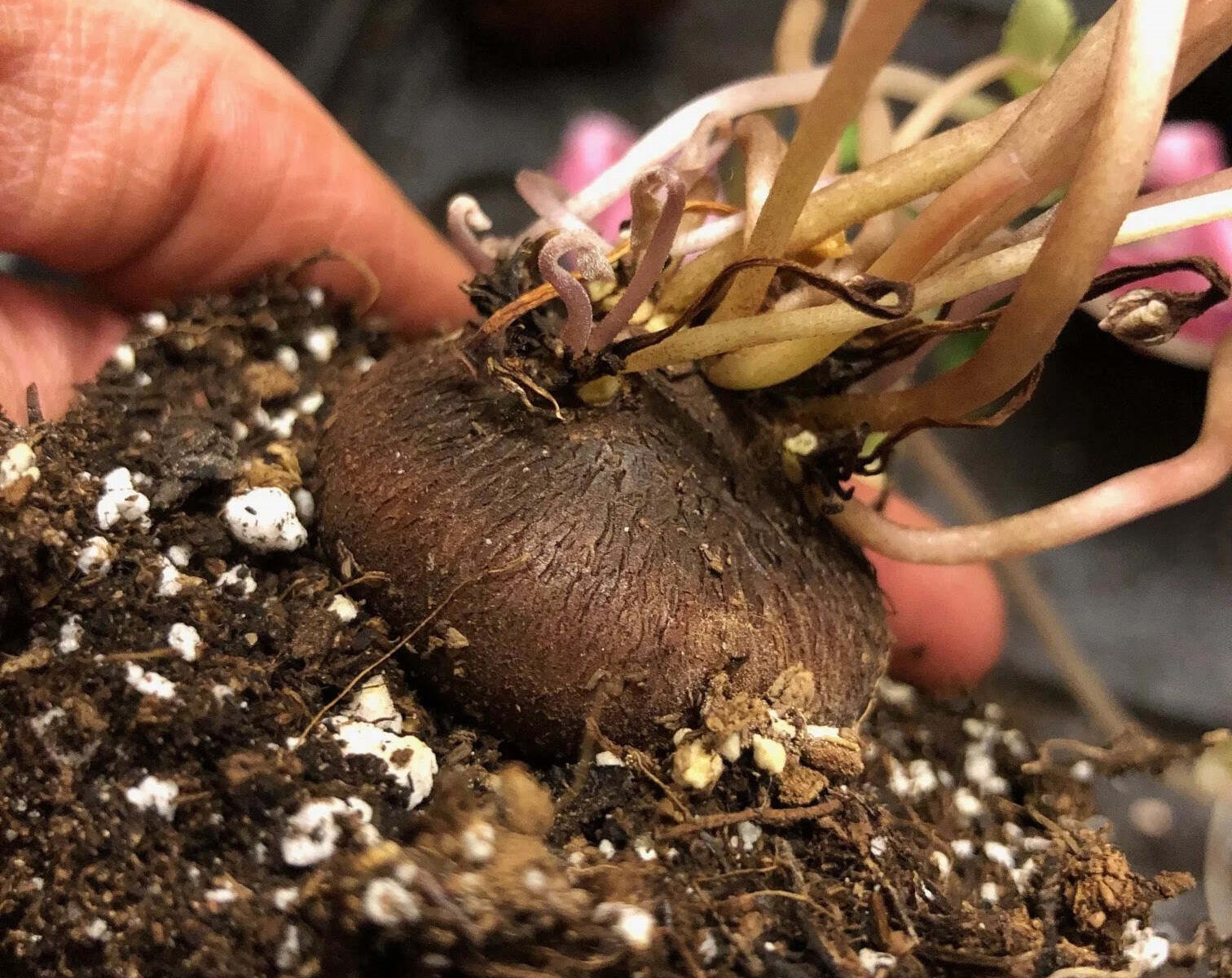
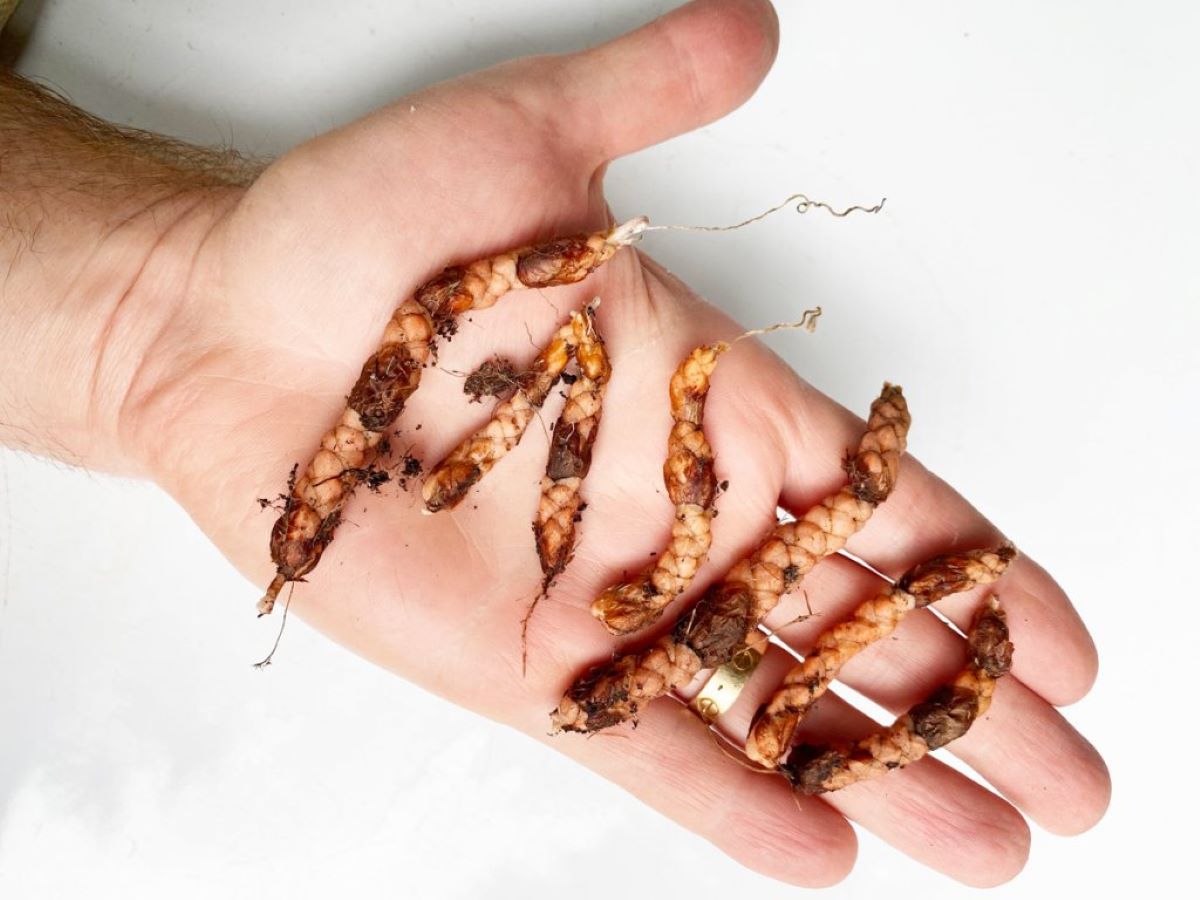
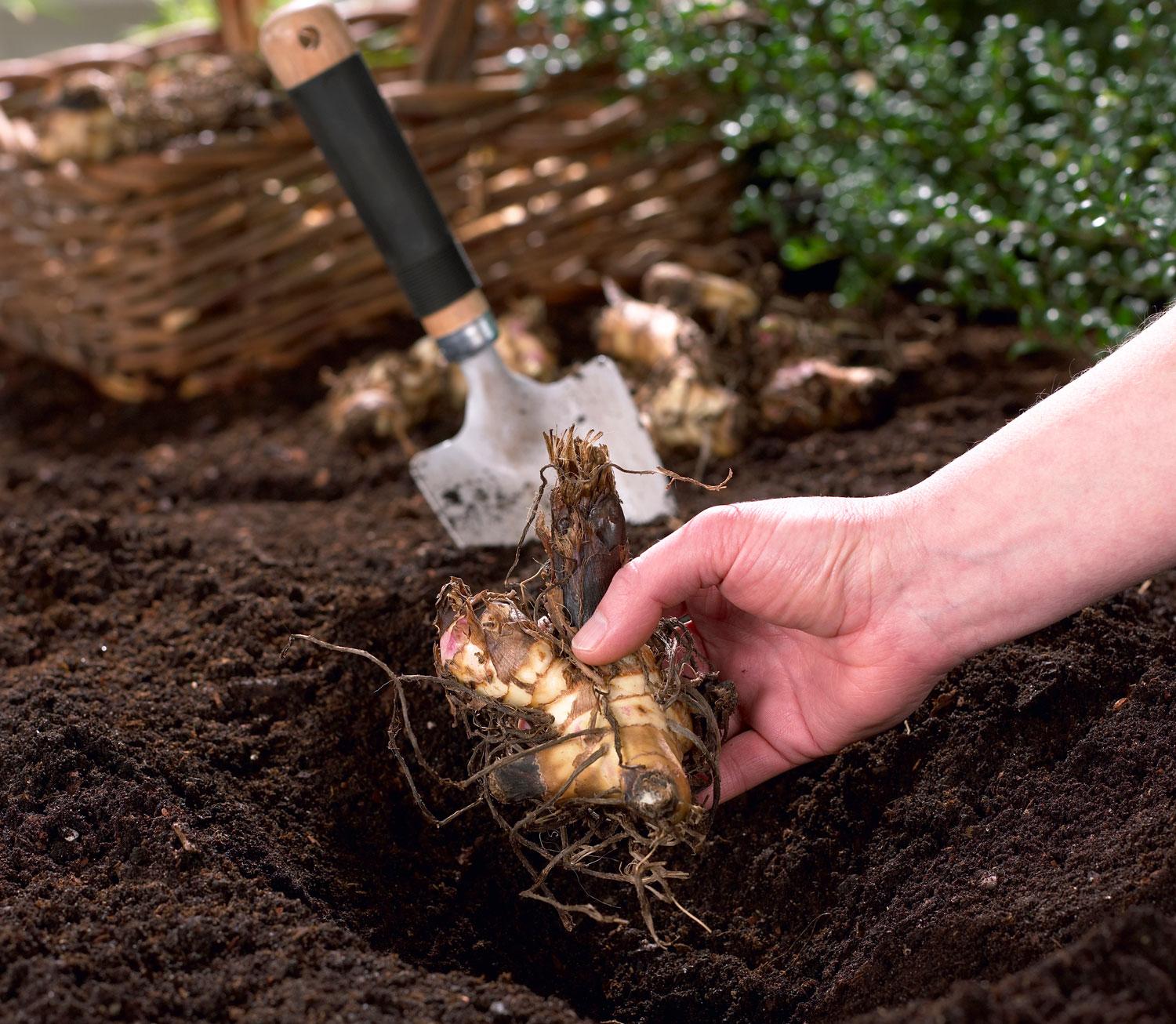
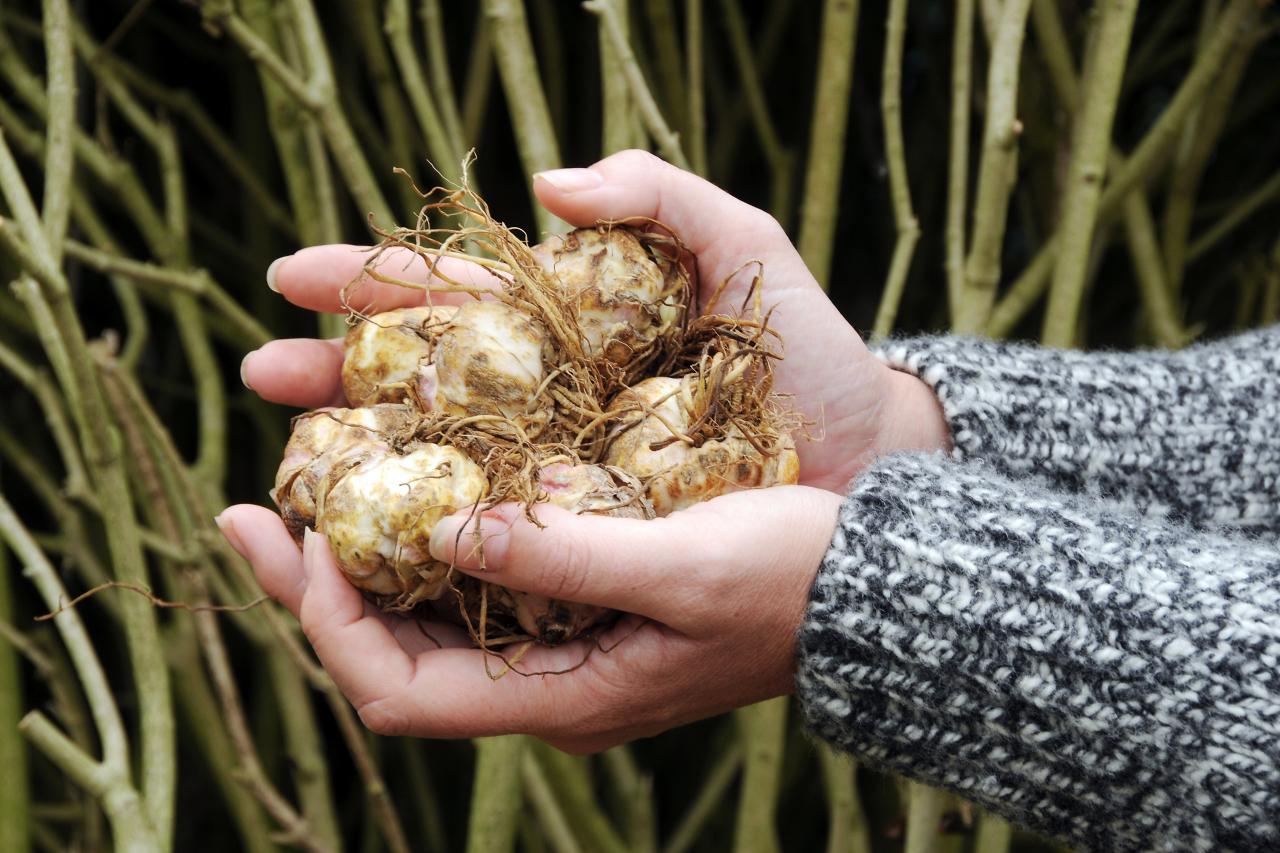
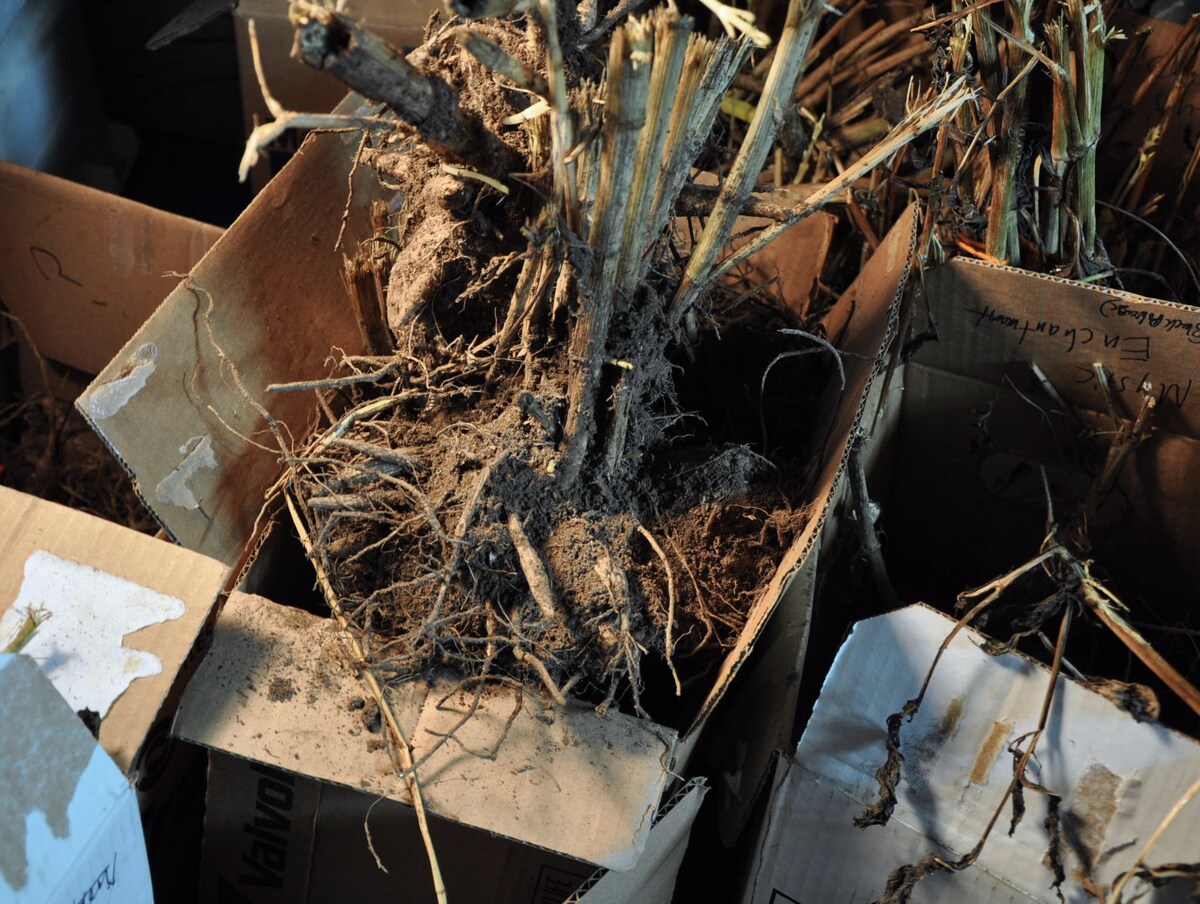
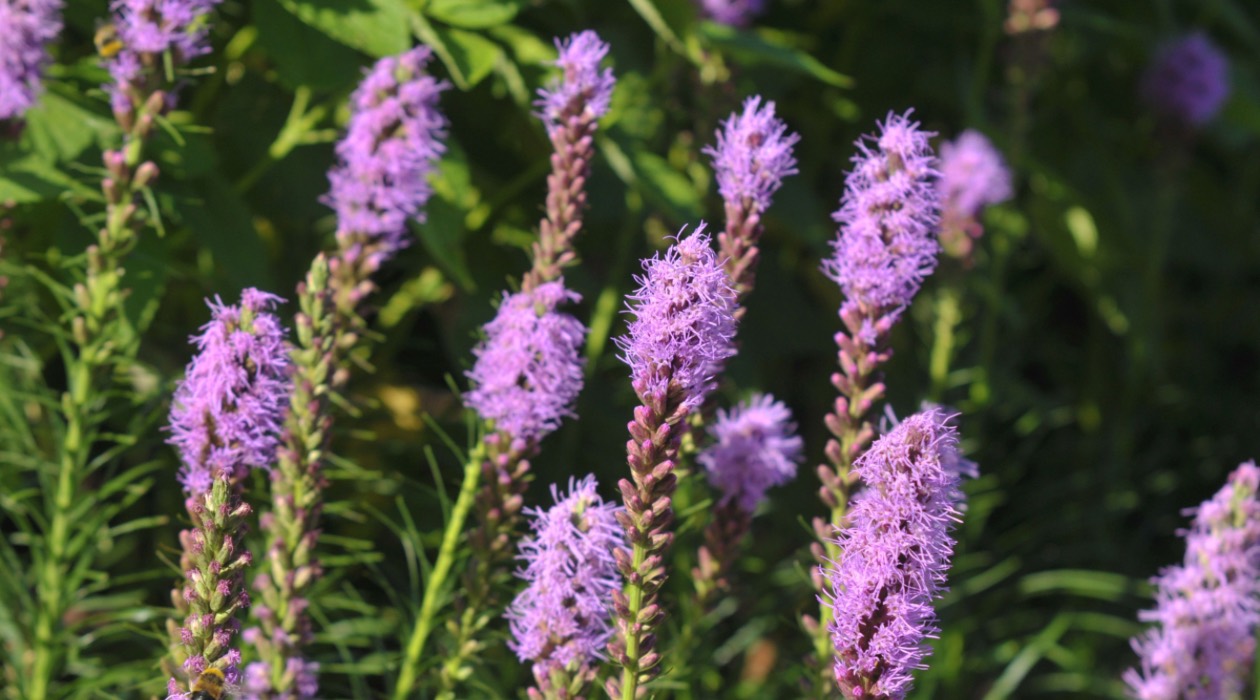
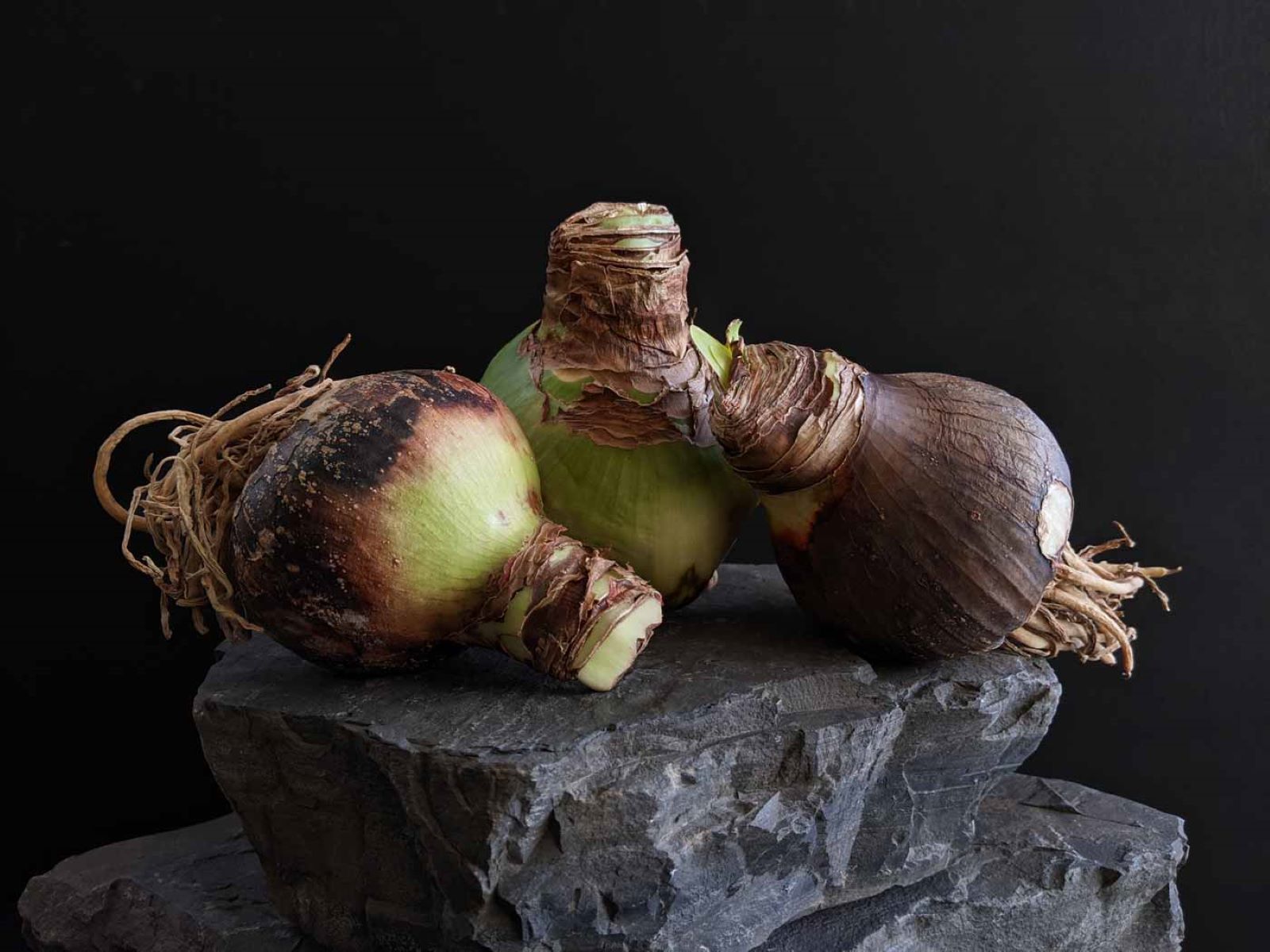
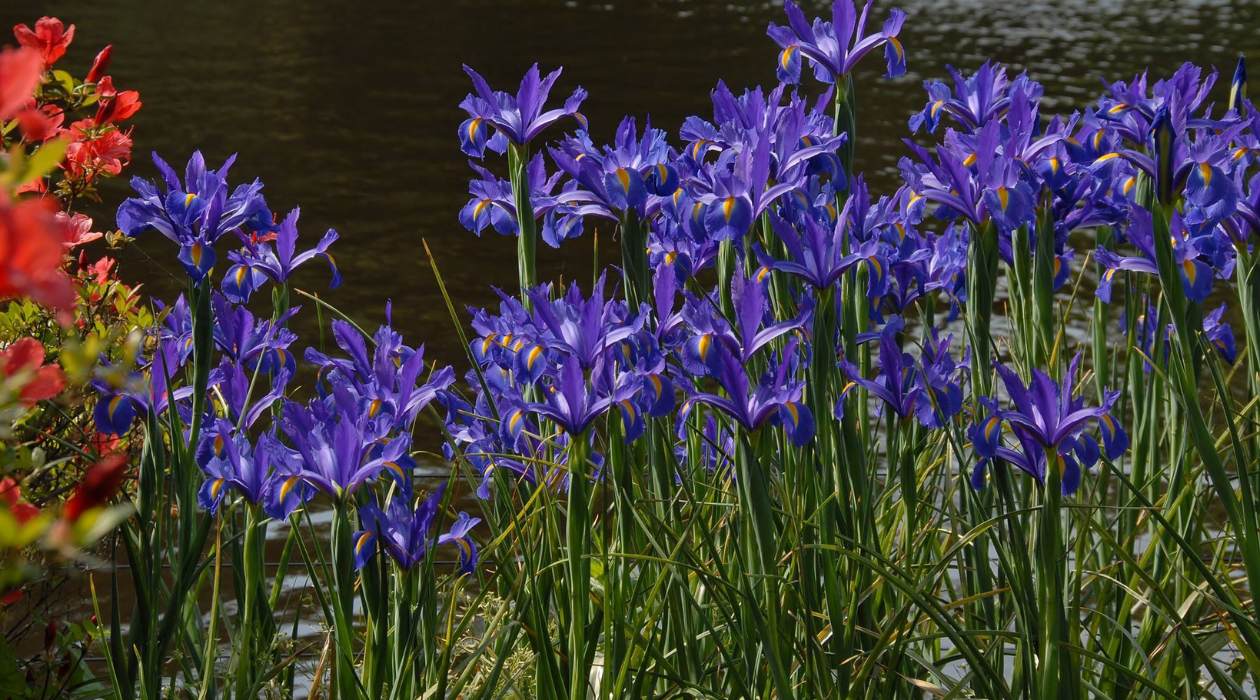
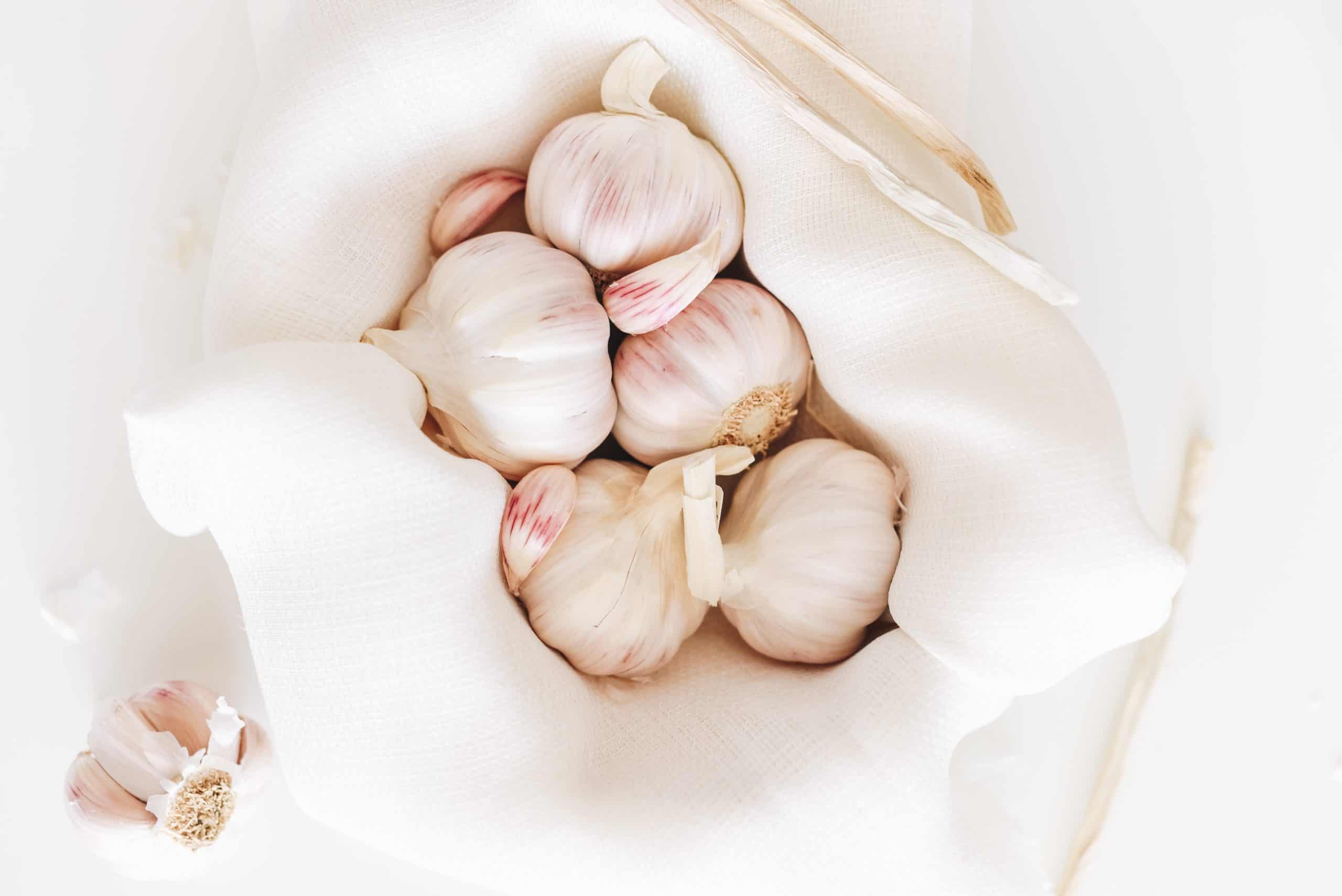
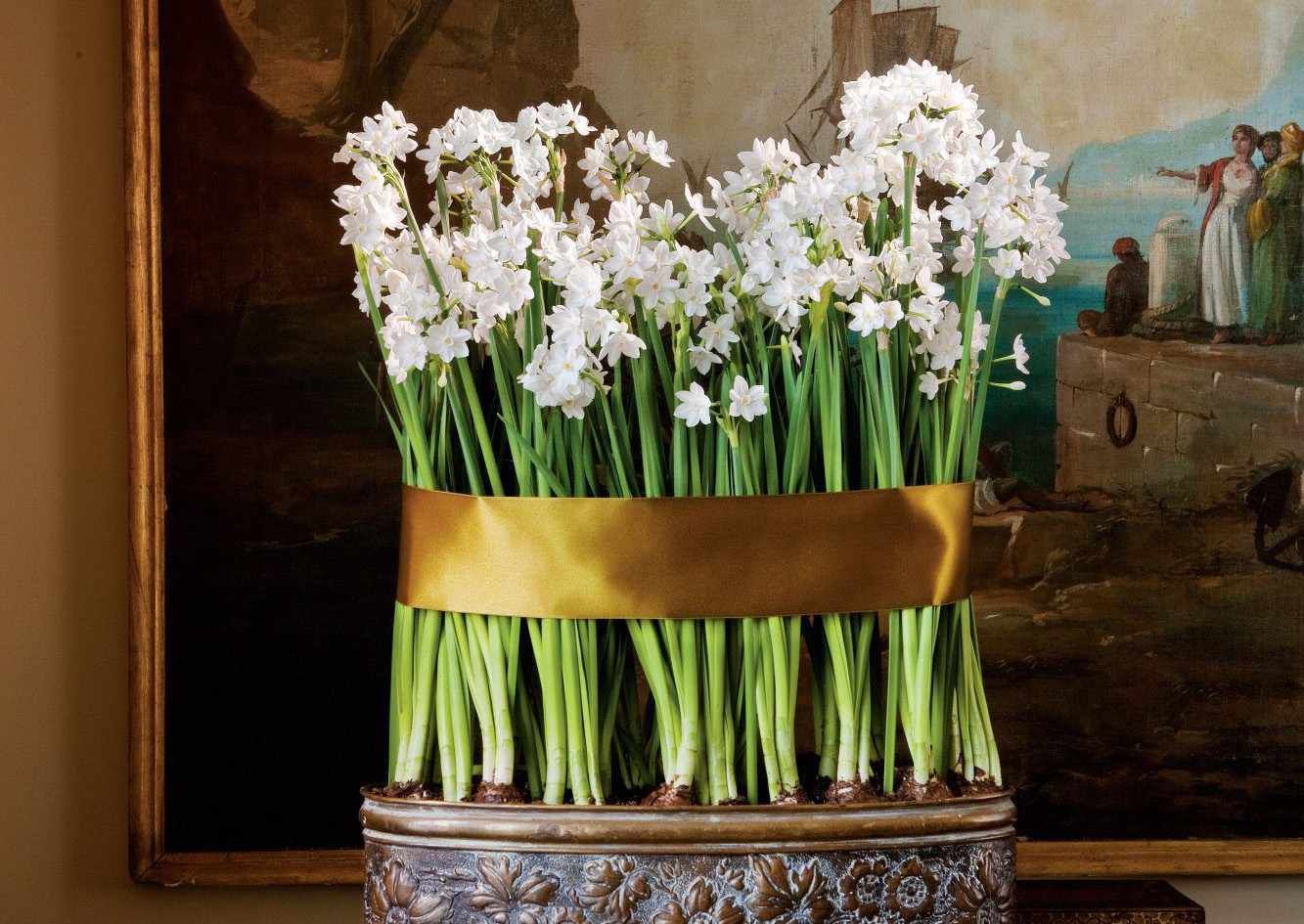

0 thoughts on “How To Store Caladium Bulbs”